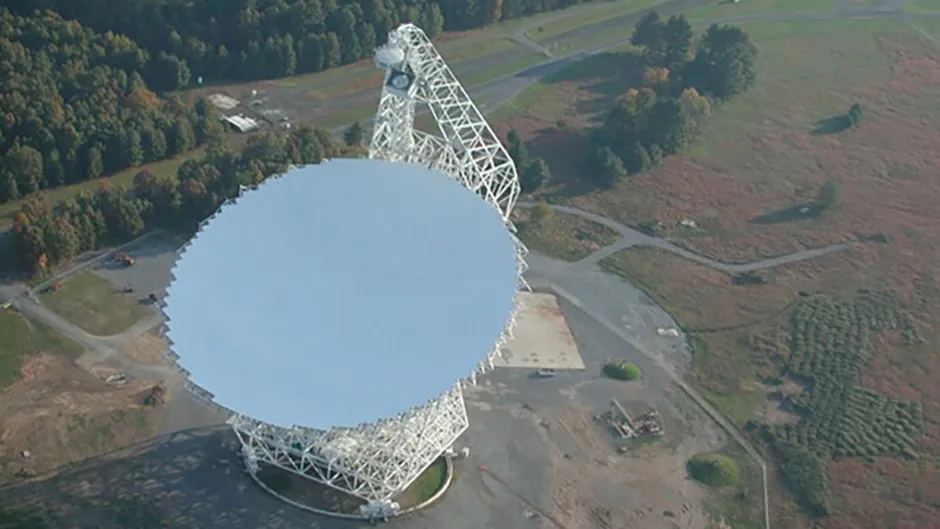SETI, the search for intelligent life beyond Earth, is having a bit of a moment.
New techniques – including the ability to do what’s called commensal observing, monitoring for signals when telescopes are doing other things – have hugely increased the sensitivity of searches.
Along with the expansion of observing programmes this makes possible, SETI scientists are thinking about searching in new ways.
Why extra-terrestrial life might not be so alien after all

This includes looking for laser signals among the stars, for signs that might betray the presence of very advanced civilisations, and for deliberate signals sent to coincide with major astronomical events, such as supernovae.
Even searches for alien spacecraft lurking in the Solar System, which might be revealed by the next generation of telescopes, are being taken somewhat seriously.
We are also looking further than ever before.
In her paper, Carmen Choza, a student in Chicago working with the Breakthrough Listen team, uses data from the giant Green Bank telescope in West Virginia to search for signals coming from beyond the Milky Way.
Why we can't rule out a visit from alien beings

This is ‘traditional’ SETI, looking for narrowband signals broadcast over a small range of wavelengths with a radio telescope, but it is the most sensitive search ever attempted for intelligence beyond our own Galaxy.
Of course, any signal seen over intergalactic distances would have to be very powerful indeed.
Assuming the aliens aren’t beaming a signal directly to us, but rather broadcasting blindly into the cosmos, the team conducting experiments reckon they would find signals over 1026 (a hundred million billion billion) Watts.
Using the classification scheme introduced by Soviet astronomer Nikolai Kardashev in the 1960s, the team reckon that only Type II civilisations – those capable of harnessing all the energy from their star – would get close, but it still seems worth checking if they’re there.
As we’re not sure what sorts of galaxy might be amenable to intelligent life, the sample of 97 systems includes those of all shapes and sizes.
The nearest, at just over 100,000 lightyears away, is the Ursa Minor dwarf which orbits the Milky Way, and the farthest, NGC 5813, is nearly 100 million lightyears distant.

Using specialist software to pick up possible signals, the team searched through more than 100 terabytes of data collected by the telescope over a period of 229 hours between 2018 and 2022, producing 1,319 possible detections.
The next step was to look for those which showed Doppler shifts – changes in frequency that would be associated with moving objects.
The idea is that any signal would come from a planet (or, I suppose, a space station) in orbit around a star, and so a real detection would show a small shift.
This has the advantage of ruling out anything with no shift relative to Earth – mostly because these static signals will be from Earth and no more than interference.
I’m sad to say that no real signals, which pass this test, were found.
But I am glad that we are looking for life out there in the cosmos, even beyond the shores of the Milky Way itself.
Chris Lintott was reading The Breakthrough Listen Search for Intelligent Life: Technosignature Search of 97 Nearby Galaxies by Carmen Choza et al. Read it online at: arxiv.org/abs/2312.03943
